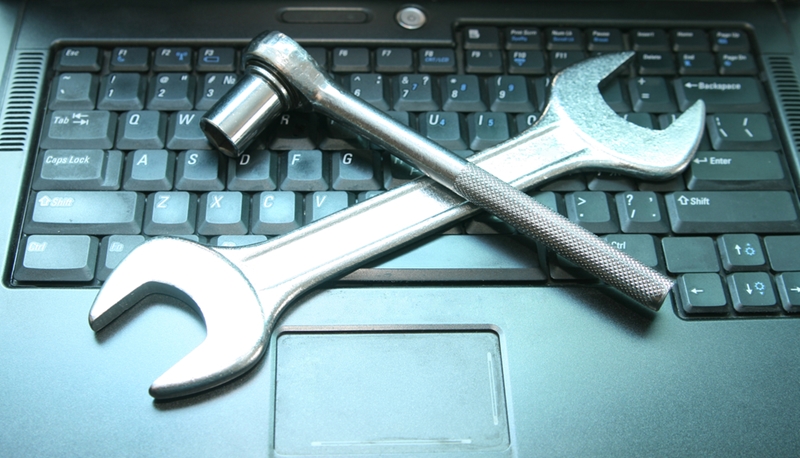When something goes wrong within an organization, it can halt workflows, lose revenue opportunities and cost a lot to recover.
Business IT infrastructure is becoming more complex and remains a necessary asset to carry out daily operations. Unfortunately, unplanned downtime can hit any company at any time for a variety of reasons. As the costs and implications of downtime continue to climb, it will be essential for organizations to ensure they are prepared for these types of events. Businesses should follow these tips to prevent downtime and recover quickly if this situation occurs:
1. Maintain hardware and components
Business processes rely heavily on hardware operating under optimal conditions. Equipment must have the right configurations, internal components and features necessary to live up to organization needs. Hardware degrades over time, however, and many organizations don’t consider this factor until it’s too late. As Marshall Institute’s Hank Bardel estimated, machine downtime might last up to 120 minutes for someone to respond to the call, troubleshoot the problem, order any necessary parts and make the repairs. This takes time away from production and results in high costs for each hour the machine is down.
 Hardware maintenance will be essential for mitigating downtime.
Hardware maintenance will be essential for mitigating downtime.Rather than waiting until the fix is required, organizations should perform proactive maintenance, bringing potential downtime to the 30 minutes that would be necessary to make the repair. Hardware can be scheduled for inspection to ensure that parts are working appropriately and that any issues are caught early. Power surges can impact any devices plugged into the wall, and proactive maintenance helps verify that components haven’t been degraded by these types of events.
2. Allot enough space for applications
Software helps make jobs easier, but they can add complexity if they aren’t maintained or provisioned properly. A Stratus survey noted that 72 percent of applications shouldn’t experience more than one hour of downtime. However, hardware limitations can cause unusual app behavior, including crashes and equipment performance issues. BetaNews contributor David Mytton noted that servers with low disk space will cause apps to freeze and crash. Employees can lose considerable productivity time if mission-critical programs should fail.
Organizations must assess what programs are necessary to everyday operations and if their systems are capable of handling these needs. Upgrading equipment and performing regular maintenance can ensure that applications are fully allocated and provisioned with the space they require. This attention to detail will lower the risk of downtime and provide peace of mind that necessary tools will be active.
“Some downtime situations will be unavoidable.”
3. Have a backup
Some downtime situations will be unavoidable. It’s up to organizations to understand the types of threats they face and to implement a backup plan to ensure that they recover quickly. Power outages, in particular, can plague businesses in a variety of circumstances and take considerable time to resolve. Proactive steps should be taken to implement backup measures and provide a means to rapidly resume operations.
Uninterruptible power supply systems are essential to seamlessly transferring power following an outage. UPS battery life can allow employees enough time to safely save their work and shut down their devices, at minimum. At most, a UPS can last for hours, preventing disruptions to operations and productivity. Implementing a UPS will provide peace of mind and effectively minimize downtime.
The consequences of downtime are apparent, but many organizations aren’t taking the steps to fully protect themselves from easily avoidable events. With proactive hardware maintenance, application provisioning and a UPS system, businesses can take the first major steps to preventing downtime and reducing the costs of such an event. Contact Energy Control Systems to learn more about the benefits of a UPS system.

